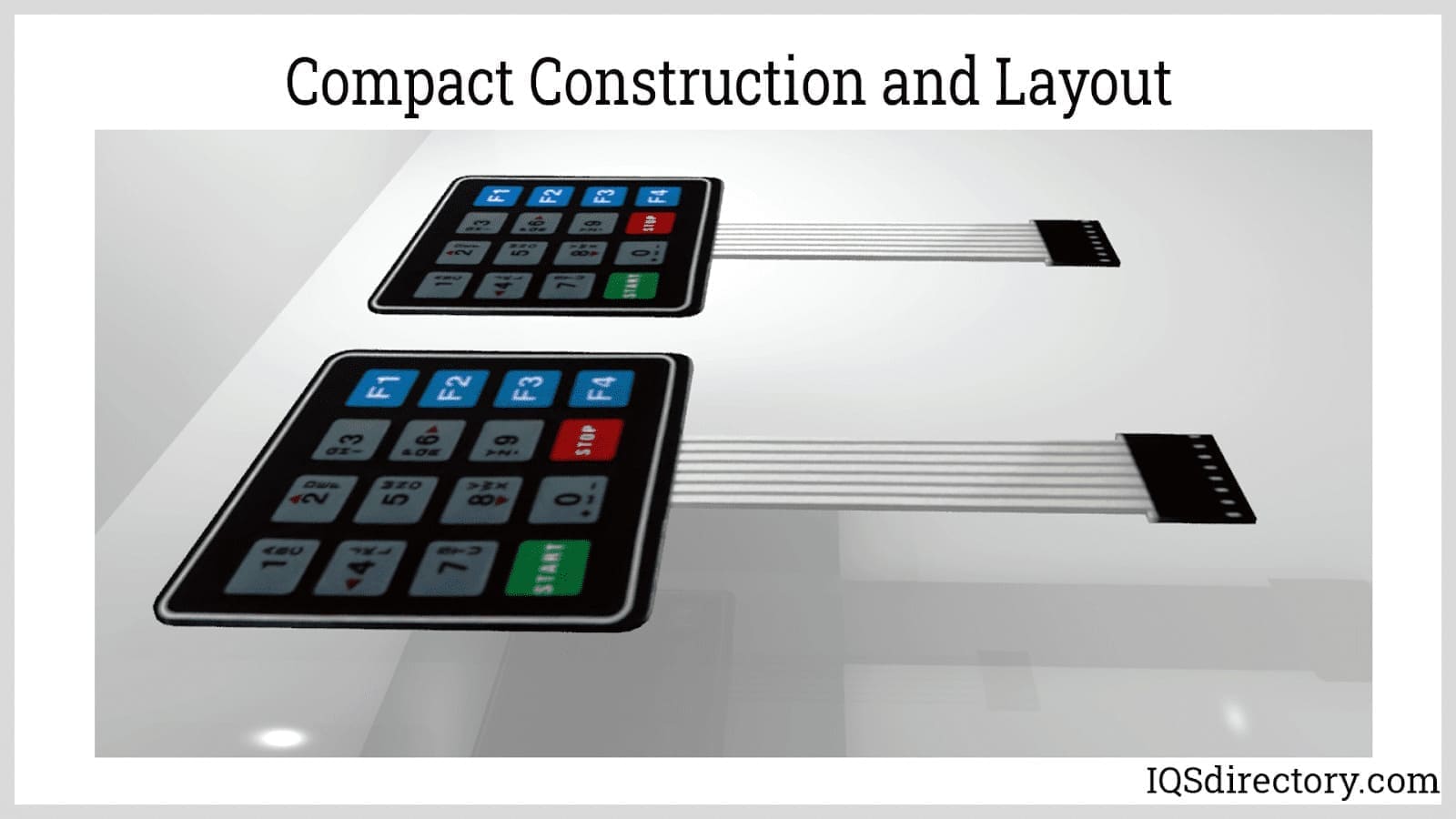Secret Benefits of Using a Membrane Switch in Industrial Applications
Secret Benefits of Using a Membrane Switch in Industrial Applications
Blog Article
Comprehending the Performance of Membrane Switches for Customer User Interface Gadget
The performance of membrane layer switches represents a substantial improvement in individual interface design, integrating performance with visual flexibility. As sectors progressively focus on customer experience, understanding the subtleties of membrane button technology ends up being crucial.
What Are Membrane Layer Switches?
Membrane layer switches are ingenious interface devices that facilitate individual interaction with digital equipment. These versatile parts include multiple layers, including a graphic overlay, spacer, and a published circuit layer. The layout permits a smooth combination into different electronic devices, improving both the aesthetic and useful elements of user interfaces.
Membrane buttons are commonly used in a broad array of applications, from family home appliances to commercial machinery and clinical gadgets. Their construction normally features a slim account, making them an excellent selection for small designs. The responsive comments given by these switches can be crafted to meet details individual preferences, guaranteeing effective interaction in between the user and the device.
Durability is another significant benefit of membrane layer switches, as they are immune to dust, moisture, and chemicals, which boosts their life-span popular environments. Additionally, these buttons can be personalized in regards to shape, dimension, and visuals design, allowing for branding and user-specific attributes. Generally, membrane switches over represent a sensible option for enhancing customer experience in electronic tools, combining performance with visual charm in an efficient manner.
How Membrane Changes Work
Operating on a straightforward concept, membrane switches over utilize a layered construction to register individual input effectively. Each switch includes numerous layers, consisting of a printed circuit layer, a spacer layer, and a leading visuals layer, which are designed to function together seamlessly. When a user presses the top layer, it compresses the spacer layer, bringing the conductive elements of the circuit layer right into contact with each other.
This get in touch with produces a closed circuit, signifying the gadget to perform a certain feature. The style enables numerous arrangements, consisting of responsive comments, which can improve the user experience by giving a physical feeling upon activation. The materials used in membrane layer buttons often consist of flexible substratums, such as polyester or polycarbonate, which make sure toughness and durability against damage.

Key Benefits of Membrane Buttons

One more considerable benefit is their compactness. Membrane buttons are thin and lightweight, which enables suppliers to conserve space in their gadgets without compromising functionality. This attribute is especially valuable in applications where weight and volume are critical considerations.
Additionally, membrane layer switches are immune to dust, dampness, and chemicals, improving their resilience. This durability prolongs their life-span and decreases the demand for constant replacements, resulting in price savings with time.
In addition, the tactile comments given by membrane switches can be enhanced to improve user interaction. They can consist of attributes such as increased switches or distinct clicks, improving functionality and customer experience.
Applications Across Industries
Interface gadgets making use of membrane switches prevail find out in a broad variety of sectors, showcasing their adaptability and performance. Membrane Switch. In the clinical market, membrane layer buttons are essential to devices such as diagnostic devices and client surveillance systems, where their resilience and simplicity of cleaning are critical for preserving health criteria. Likewise, in the automobile market, these switches are employed in dashboard controls and infomercial systems, giving a sleek and modern interface for users.
In addition, the consumer electronics sector take advantage of membrane buttons in devices and portable gadgets, where compact layout and straightforward user interfaces improve individual experience. Industrial applications also leverage membrane switches over for control panels in equipment and automation systems, stressing their robustness and resistance to extreme environments.
In the aerospace and protection markets, membrane layer switches are made use of in cockpit controls and devices, where reliability and performance under extreme problems are critical. In addition, the pc gaming sector significantly includes membrane layer buttons in controllers and arcade makers, adding to an interesting individual experience. In general, the convenience of membrane layer switches allows their widespread use across various sectors, underscoring their significance in contemporary interface layout.
Future Trends in Membrane Switch Innovation

In addition, making use of sophisticated materials, such as polycarbonate and polyester movies, is expected to climb, supplying boosted toughness and resistance to ecological stressors. These materials add to the general long life of membrane layer buttons, making them ideal for harsher industrial applications.
Moreover, the click to find out more consolidation of clever innovation, consisting of IoT connection, will make it possible for membrane buttons to connect with various other tools and systems, promoting a more interactive individual experience. This fad lines up with the growing demand for clever devices throughout numerous markets, from medical care to consumer electronics.
Last but not least, modification options are prepared for to expand, Read More Here permitting makers to develop bespoke options tailored to details user needs and choices. These advancements will certainly place membrane layer switches as crucial elements in the development of interface technology.
Verdict
In final thought, membrane layer switches over stand for a pivotal advancement in user interface innovation, supplying a trustworthy and functional option for diverse digital applications. As advancements in product science and touch noticing modern technologies proceed, the functionality and applicability of membrane buttons are expected to expand, strengthening their relevance in modern-day digital devices.
Report this page